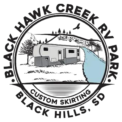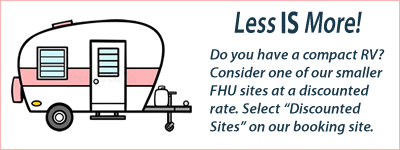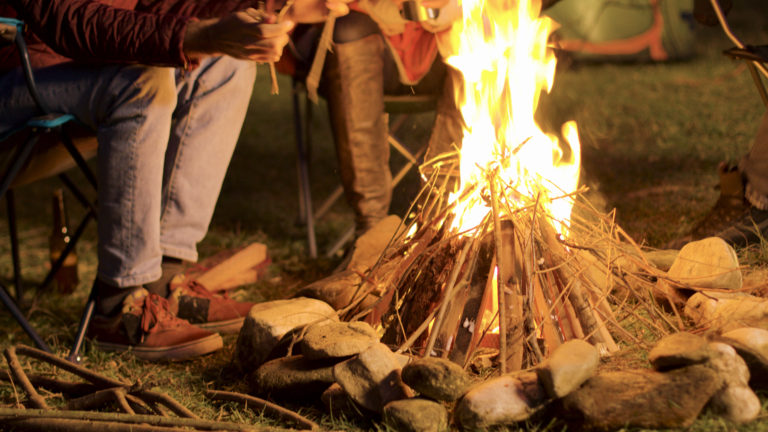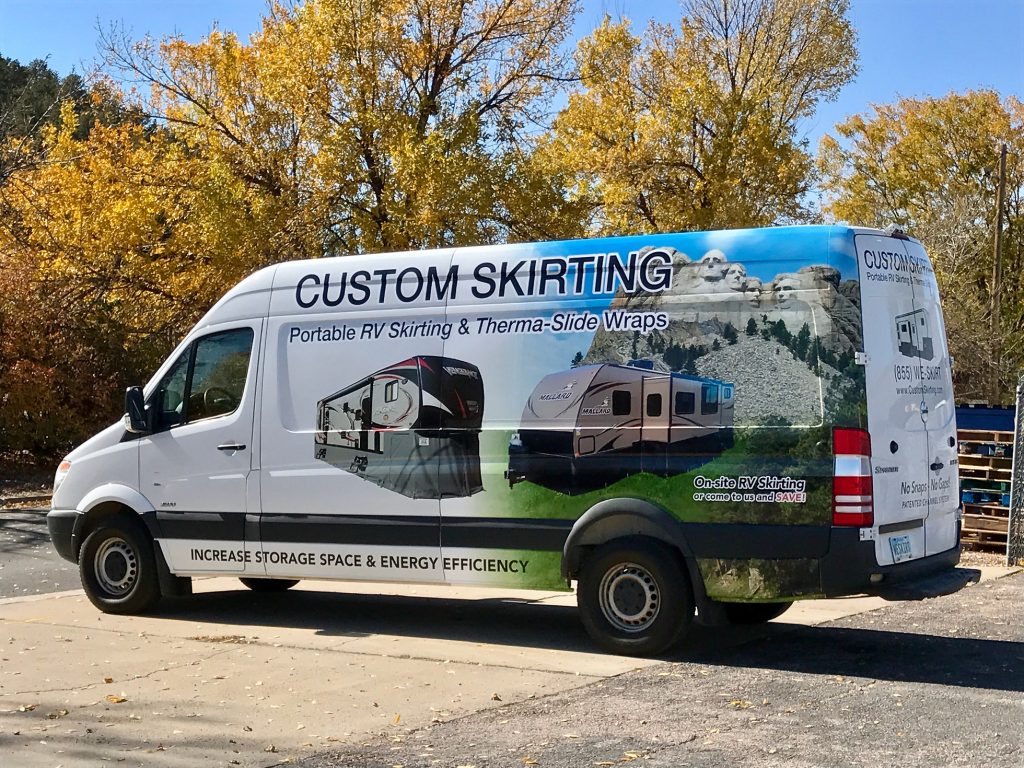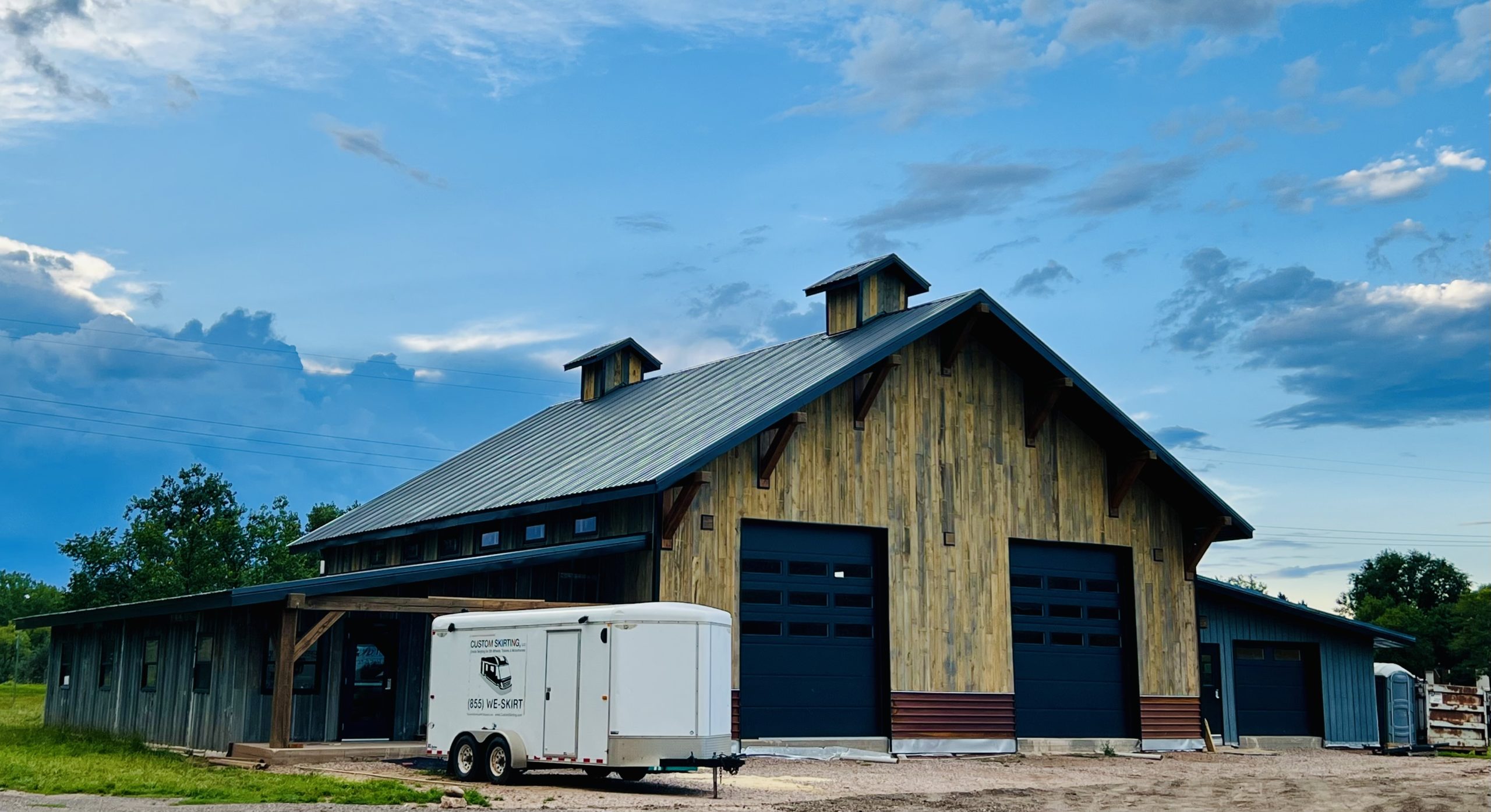Table of contents
When it comes to outdoor adventures, knowing how to start a fire is an essential skill. Whether you’re an experienced camper or a novice explorer, understanding how to start a bonfire can make or break your camping experience. In this guide, we’ll show you how to start a fire, build a campfire, and light it like a pro camper. We’ll also cover safety measures, the right tools, and the importance of cleaning up after your bonfire. So, whether you’re a seasoned wilderness enthusiast or just starting your camping journey, read on to become a campfire pro!
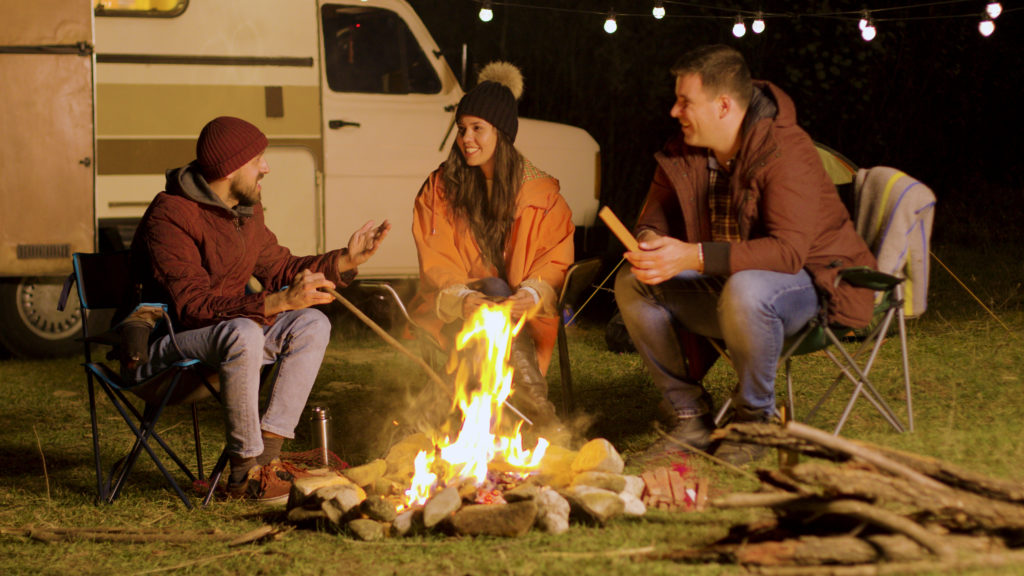
Don’t Forget, Safety First!
Before we dive into the nitty-gritty of starting a bonfire, safety should always be your top priority. Here are some crucial safety tips to keep in mind:
- Check Local Regulations: Before you plan your campfire, make sure it’s allowed in the area where you’re camping. Some places have restrictions due to fire danger, so always check with local authorities.
- Prepare the Site: Select a suitable location for your campfire. It should be well away from any overhanging branches, dry grass, or other flammable materials. Clear the area to create a firebreak.
- Ideal Weather Conditions: Wait for the right weather conditions. Avoid windy days as they can quickly turn your campfire into a hazard. Light winds can carry sparks and embers to unintended areas.
- Safety Equipment: Always have essential safety equipment on hand, including a bucket of water, a shovel, and a first-aid kit. These items are your first line of defense in case of an emergency.
Remember, safety should never be compromised when it comes to enjoying the warmth and ambiance of a campfire.
Gather Your Tools
To start a campfire like a pro, you need the right tools. Here’s a list of essential items you should have in your camping kit:
- Tinder: This is the material that will catch fire easily and start your bonfire. Dry leaves, twigs, or commercially available fire-starters are excellent choices.
- Kindling: Kindling is a slightly larger material that helps ignite the larger logs. Thin sticks, small branches, or wood shavings work well.
- Fuelwood: Your primary source of fuel, these are the larger logs that will keep your fire burning. Make sure they are dry and well-seasoned for the best results.
- Fire Starter: This can be matched, with a lighter, or a firestarter tool. It’s essential to have a reliable way to ignite your tinder.
- Firewood Logs: These will keep your campfire burning throughout the evening. Ensure they are dry and split into manageable sizes.
Now that you’ve gathered your tools, it’s time to put them to good use and build a campfire.
Build the Campfire
Building a campfire is a step-by-step process that requires careful attention to detail. Follow these instructions for a well-constructed campfire:
- Clear the Area: As mentioned earlier, make sure the area around your campfire site is clear of any flammable materials. Create a fire ring or pit if one doesn’t already exist.
- Lay the Tinder: Place your tinder in the center of the fire ring. This will be the heart of your campfire.
- Add Kindling: Surround the tinder with kindling. Make a teepee shape with the kindling, leaving enough space for air to circulate.
- Build a Log Cabin: Position your fuelwood logs around the kindling in a log cabin or square structure. Leave a gap on one side to insert your fire starter.
- Light the Fire: Use your matches, lighter, or fire starter to ignite the tinder. Once it catches fire, the kindling will start to burn.
- Feed the Fire: Gradually add more fuelwood logs as the fire grows. Be careful not to smother it; you want to maintain good airflow.
- Monitor and Adjust: Keep an eye on the fire and adjust the logs as needed. Add more fuelwood as the campfire burns down to maintain the desired size and warmth.
Light the Campfire
Now that your campfire is burning nicely, let’s dive into the specifics of lighting it properly. Follow these steps to ensure a successful fire-starting process:
- Choose the Right Time: The best time to start a bonfire is in the late afternoon or early evening when there’s still enough daylight to see what you’re doing.
- Ignite the Tinder: Use your fire starter to ignite the tinder. If you’re using matches, strike them away from your body to prevent accidents.
- Be Patient: Starting a fire may take a bit of time, especially if the materials are damp. Stay patient and don’t rush the process.
- Maintain the Flame: Once the tinder is burning well, gradually add kindling and fuelwood to build the campfire.
- Safety First: Always maintain a safe distance from the fire and have your safety equipment nearby.
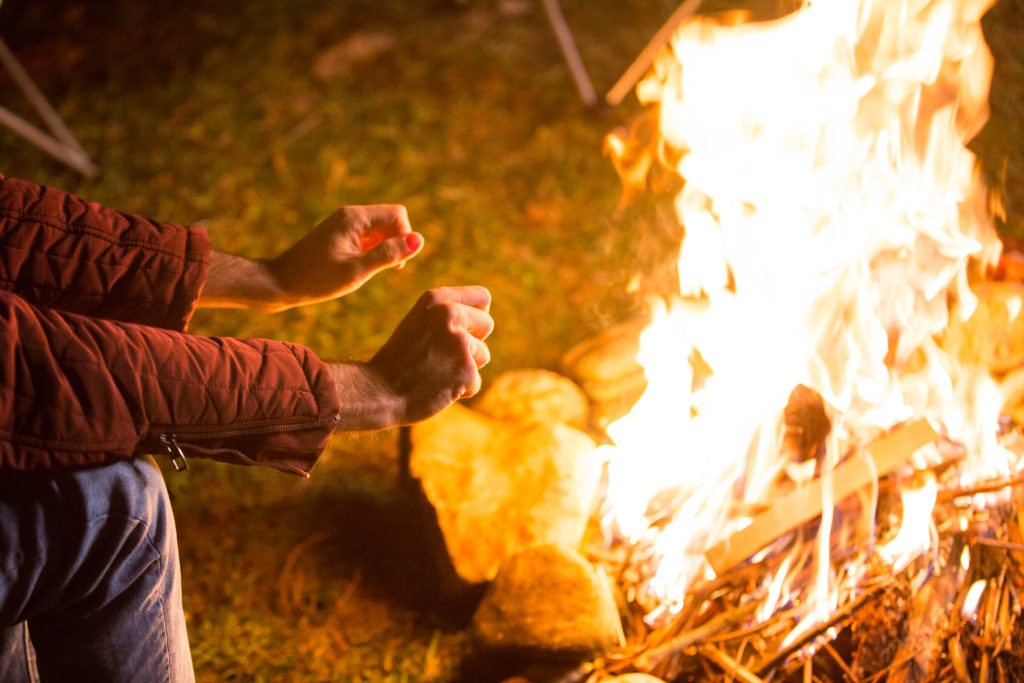
Extinguish the Campfire
After a night of enjoying the warmth and camaraderie around the campfire, it’s crucial to extinguish it properly. Here’s how to do it:
- Let It Burn Down: As the evening comes to an end, allow the campfire to burn down to a bed of hot coals. This will make the extinguishing process more manageable.
- Pour Water: Carefully pour water over the campfire, starting from the edges and moving inward. Use enough water to douse all embers and coals thoroughly.
- Stir and Soak: Stir the ashes and embers with a shovel or stick to ensure the water reaches all parts of the fire. Continue adding water until there are no signs of smoke or heat.
- Feel for Heat: Use the back of your hand to feel for any remaining heat. If you sense warmth, add more water and stir until it’s entirely cool to the touch.
- Dispose of Ashes Safely: Once you’re certain the campfire is out, you can dispose of the ashes in a designated container or area. Be sure to follow any local regulations regarding ash disposal.
Properly extinguishing your campfire is essential not only for safety but also for preserving the natural environment and adhering to the Leave No Trace principles.
Clean the Bonfire
Cleaning up after your campfire is just as important as building and extinguishing it. Leaving no trace ensures that the next camper can enjoy the pristine wilderness as much as you did. Here’s a checklist to follow when cleaning up:
- Collect Trash: Gather all your trash and leftover food. Use a trash bag to pack it out. Never leave trash behind.
- Remove Excess Wood: If there’s unused firewood, stack it neatly for the next camper to use. Don’t leave logs scattered around the site.
- Dismantle the Fire Ring: If you created a temporary fire ring, dismantle it and disperse the rocks or other materials.
- Scatter Ashes: If permitted, scatter the cooled ashes over a wide area to minimize their impact on the environment.
- Leave No Trace: Inspect the campfire site to ensure there are no visible signs that you had a fire there. It should look as natural as possible.
By following these guidelines, you’ll do your part to preserve the beauty of the wilderness for generations to come.
Looking for a Place to Become a Pro Camper?
Now that you’ve learned how to start, maintain, and clean up a campfire like a pro, you’re ready to embark on RV camping adventures in some of the best national parks. If you’re looking for a stunning destination to test your newfound skills, consider visiting Black Hawk Creek in South Dakota.
In the heart of this natural and cultural splendor, Black Hawk Creek RV Park stands as your gateway to a truly unforgettable adventure. Whether you’re seeking tranquility among the breathtaking landscapes or a thrilling exploration of the area’s diverse attractions, at Black Hawk Creek, we ensure that your journey is nothing short of extraordinary. Book your stay today, and let the adventure begin!
